The instruments of the orchestra. We all teach about them at some point in elementary music class. But what is the BEST way to teach about the instrument families? Usually we show some pictures of instruments and talk about which instrument family each instrument is in. But what if you could take it deeper and really experience the instruments of the orchestra? Let’s take a deep dive into some new and fun instruments of the orchestra activities your students will love!
How Many Instruments Are In the Orchestra?
I’m glad you asked! (My students do every year). The fact of the matter is that there is no specific size for an orchestra. But the average orchestra ranges in size from 80-100 players.
What Are The Instrument Families In An Orchestra?
There are 4-5 main instrument families in an orchestra – strings, brass, percussion, percussion and keyboard. Within each of these families there are some standard instruments – as well as some fun extras. Which instruments appear at the orchestra on any given day depends on which pieces are being played and which instruments the piece calls for.
A great way to cover all the instrument families of the orchestra and the standard instruments within each family is by dedicating a unit to teaching the instruments of the orchestra at some point in the year.
The Instruments of the Orchestra Song
One really helpful way to teach your students about the instrument families of the orchestra is through a song. And guess what? I have just the thing! The Instruments of the Orchestra Song has helped my students remember the traits of each family for years now.
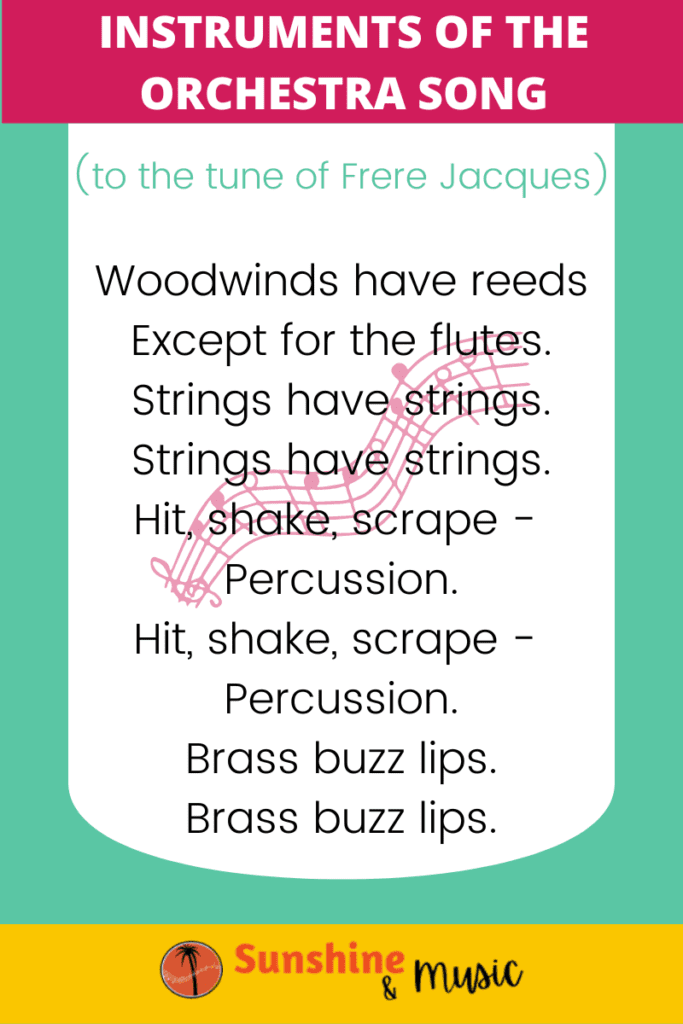
Here is a demo of the Instrument Family Song, as well as some of the ways that I use it in my classroom.
Now that we have a catchy song, let’s see what ways we can really experience each family and its instruments. I try to do a mix of all of the strategies we are about to discuss in my Instruments of the Orchestra Lesson Plans.
Instruments of the Orchestra Lesson Plan: Learn About the Instrument Families By Experiencing Them
See the Instruments
Obviously, as we teach about each instrument, we want a visual reference that students can see. Posters or PowerPoint slides can be very helpful.
But if you have the resources available, it makes a much bigger impact if students can see the actual, real, live instrument in their classroom. I promise you, they will remember it better than just a picture.
Having a worksheet or workbook to fill out information about each family as they learn can be very helpful too, since it is something they can take with them.
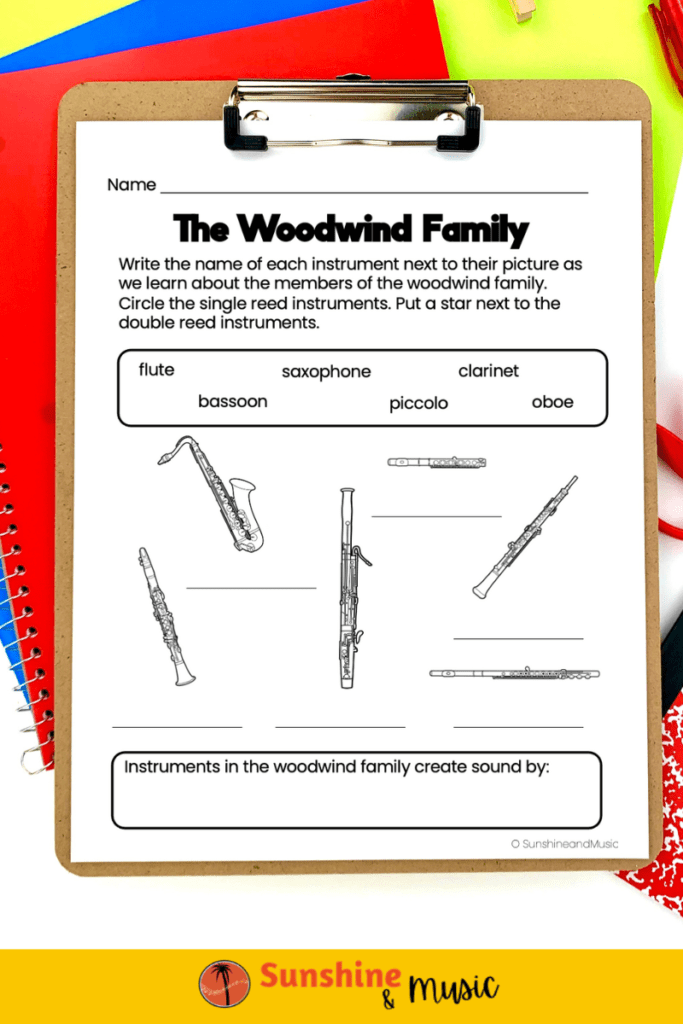
Sort the Instruments in the Orchestra by Family
Sorting instruments is a little higher level than just naming them. It is the next logical step that really tests students’ understanding of each instrument family.
Instruments of the Orchestra Worksheet
Using a worksheet can be good for a final assessment. But let me share with you some other ways to sort instruments. These non-worksheet examples are especially great for when students are still learning the information. It allows them tons of fun practice with friends as they are getting familiar with each family of instruments.
Instruments of the Orchestra Games
There are tons of games you can play. I love Football Frenzy, from Music Madness by Artie Almeida, where you kick a football and sort using helmets. You can create click and sort PowerPoint games. Or create your own endless versions of games.
- Flip and race – flip a card. Race to place it in the correct family bucket. First team to sort all their cards correctly wins.
- Instrument Safari – grab a butterfly net and try and collect all the instruments from your team’s family before time runs out
- Four Corners – Teacher shows an instrument. Students go to the corner of the correct family.
- Instruments of the Orchestra Matching Game – have students do a memory matching game or even Go Fish to get familiar with different instruments and their families.
The possibilities are endless!
Sorting Cards
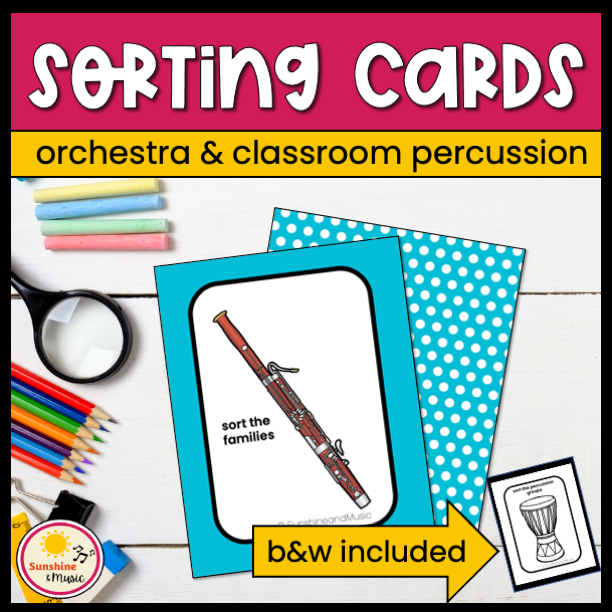
Want something a little more calm and less competitive? I highly recommend using instrument sorting cards. I have students pair up and sort instruments by family after we have learned about each one. A lot of great discussions happen and it isn’t as high pressure, which helps students who are still learning.
These sorting cards are included in the Instruments of the Orchestra Lesson Plans.
Listening Activities for the Instruments in the Orchestra
I often forget to spend time sharing what each instrument sounds like. I think this is really important. Music is auditory, after all. If we want students to be able to listen to a song and know what instrument is playing, they have to be exposed to it.
Here is a resource I found online that is a quick way to share short clips of each instrument playing.
Inside the Orchestra – Play Woodwind and Strings
Inside the Orchestra – Play Brass and Percussion
Another way to expose your students to each instrument family is to play and move to songs that feature specific families.
In my Instruments of the Orchestra Unit, I made sure to have a piece featuring each of the four main families.
Think – brass quintet music, or string ensemble pieces, or a woodwind ensemble. All lessons are enhanced when you can get kids moving, and here you can move and learn at the same time.
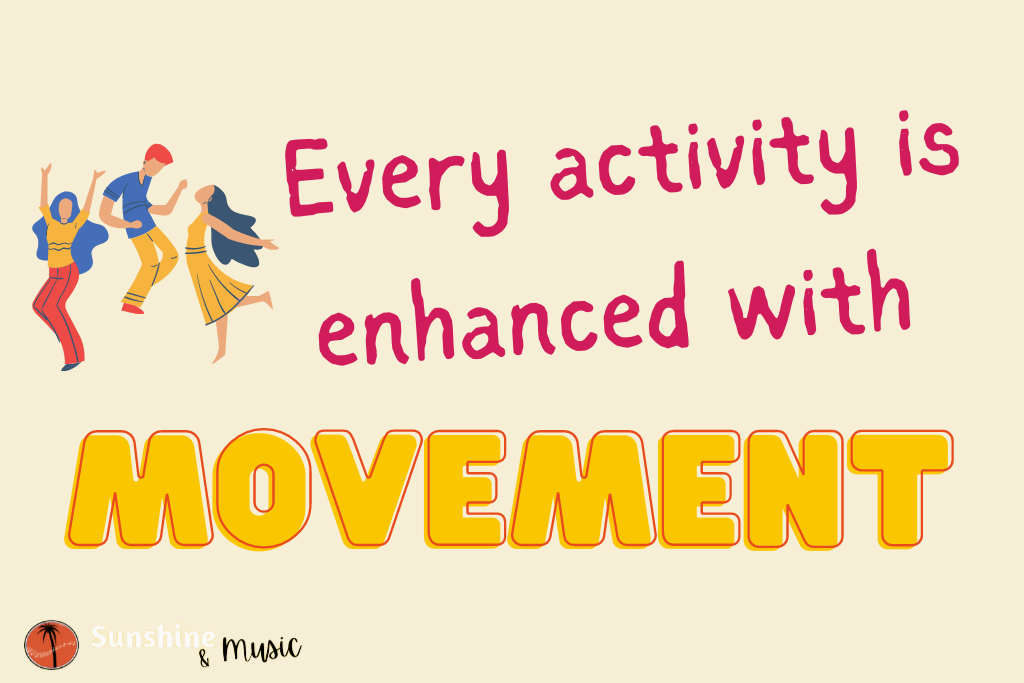
Try out an Instrument
Another amazing experience you can give your kids is doing an instrument petting zoo. Talk to your local feeder middle school or high school, or maybe you can even get your local symphony to come out.
This is a great way to get students to really interact with the instruments and foster a lifelong love of music. Your feeder program will love it!
If you have never heard of an instrument petting zoo, check out this blog post explaining what it is and how to put one on at your school
Create Your Own Instrument
A great culminating activity at the end of your unit on the orchestra is to have students create their own instruments and explain which family they are in and why. What a fun way to get students to prove their knowledge!
You can pull out all your crafting supplies and have them make physical instruments. OR you can brainstorm an imaginary NEW instrument on a worksheet and have them present to their group.
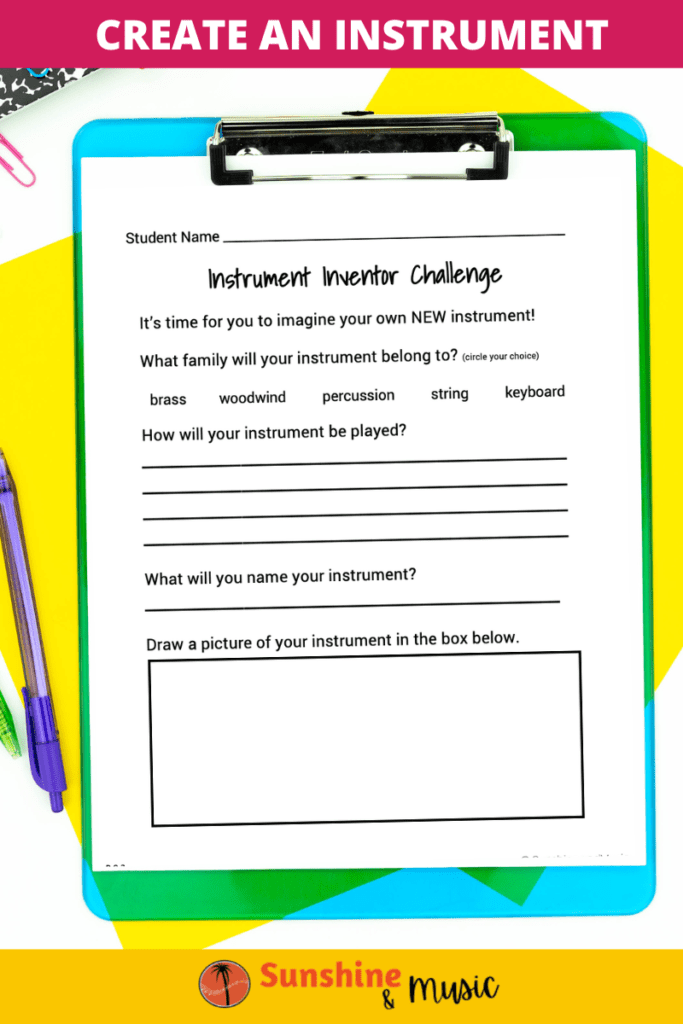
Visit the Orchestra
Okay, so this is a bonus one. It really makes an impact when you can take all the things you have been learning about and then go out into the real world and see musicians playing the instruments at a professional level all together.
I know a lot of districts have programs to visit their local symphony and participate in a children’s concert. If you already have that in place, then you are all set.
If not, do a quick google search and see where your closest symphony is. See if they do any children’s performances and if you could take a field trip to go and see a show.
Don’t have a symphony around? Have them travel to the high school band or orchestra for a performance. Don’t have money for the transportation to the orchestra? Try writing a grant! There are lots of opportunities out there for kids to experience music at a high level if you just look around.
Teaching the Instruments of the Orchestra Made Easy
If all of this sounds great, but you need something FAST, consider my 9-week Instruments of the Orchestra Unit. You get nine weeks of lesson plans, visuals, games, movement, worksheets and more, all ready to go.
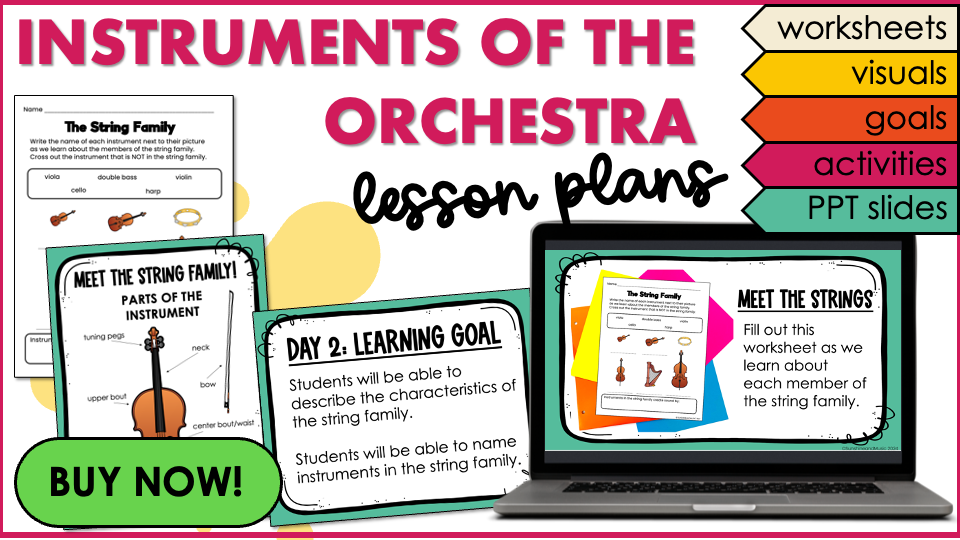
Other Posts You Might Enjoy
Listening Maps for Music: The Ultimate How To Guide
10 Terrific John Williams Music Activities for Elementary Students
Classical Music For Kids: 5 Classical Favorites and How To Make Them Fun

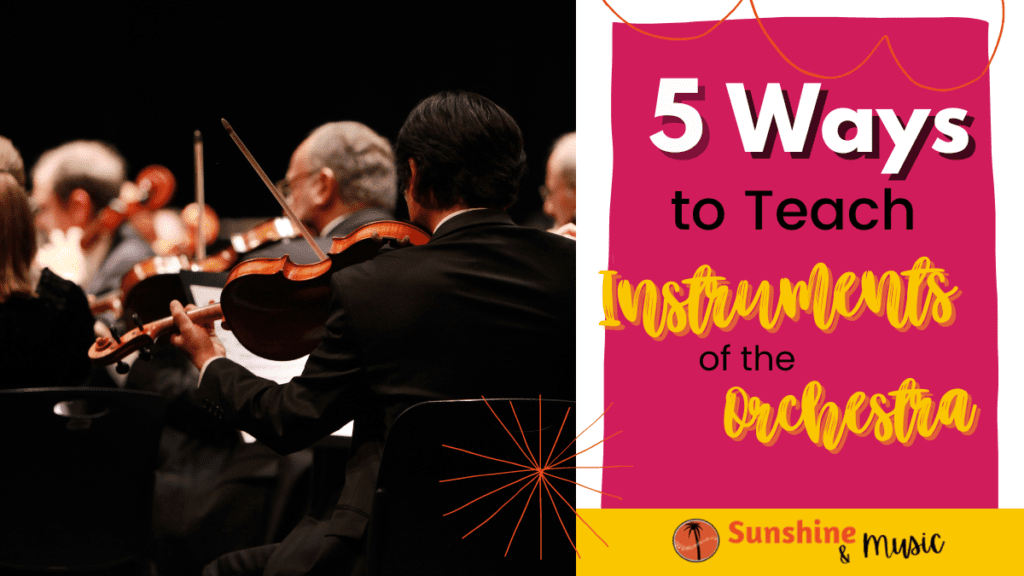




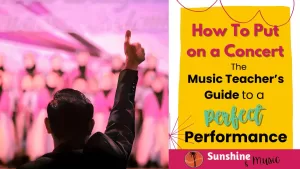

7 Responses
Thanks for the post!